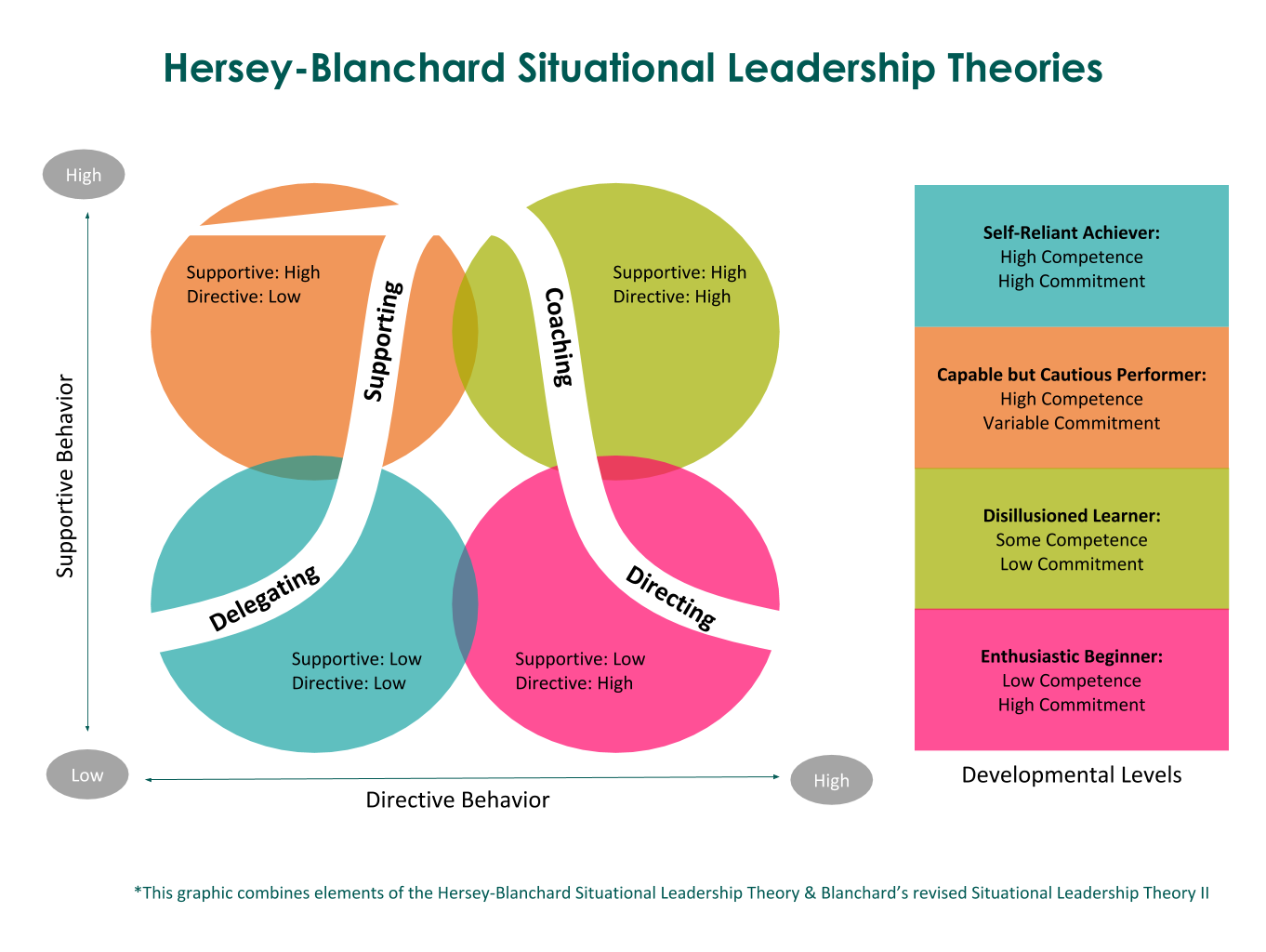How to Train Someone
Photo by airfocusIf you are looking for a training system that is easy to remember and measure, here it is! It’s also a helpful process for delegation. Why? Because successful delegation requires some measure of training!
Years ago, a client shared with me his process for training. It was so simple without being simplistic that I now share it with my current clients. The process has four basic steps:
Tell me.
Show me.
Let me.
Check me.
Step One - Tell Me
Explain what you need, and explain why it is important. Paint a clear target for your goal, and describe what success looks like. Please do this by talking and by writing it down. Writing down the process is essential because if something goes wrong, you can first check to make sure the process was followed. For me, getting things down in writing provides a quality control measure and helps me avoid embarrassing mistakes.
As a rule of thumb, when there are problems, I start with the assumption that the issue is the process and not the person. That helps me keep the feedback constructive and process-oriented rather than a personal attack. When you hire people with character, you can focus on training competencies. (Trust me. It's much easier to train competency than to train character. More to the point: if you have someone on your team who is competent but lacks character, you are in big trouble.)
Often the telling stage is where so-called “training” stops.
Step Two - Show Me
Do the work with them. Let them see both the process and the results. For me, this is where the training process takes on a more mentoring or apprenticeship phase. Your trainee gets a sense of the work in the real world. They also observe how you adapt when things don’t go as planned. Good training is about more than simply “information transfer.” You can transfer much of the tacit knowledge you’ve built through experience. “Tacit knowledge” is the stuff that is helpful to know, but often not captured in a typical training manual.
Step Three - Let Me
Time to start the handoff! The apprentice is now becoming a real-world practitioner. Let them do the work. Previously, the trainee would watch you do the job; now, you watch them and provide feedback.
Step Four - Check Me
At this stage, the handoff is complete, but you are still in the loop. “Inspect what you expect.” Don’t confuse delegation with abdication.
As a leader, you are still responsible for the results of those you’ve trained. Make sure you’ve got a system that informs you of how they are doing.
Image Source: https://guntergroup.com/situational-leadership/
Training, Delegation, and “Situational Leadership”
The situational leadership model by Paul Hersey Ken Blanchard recognizes how different situations require different leadership approaches. In the more recent versions of the model, the focus is on responding to (a) how willing the follower is to do the work and (b) how competent the follower is to do the work.
The four steps for training listed in this blog post help a leader move from using highly directive leadership to more of a true delegation style.
To better understand how this work, see the illustration below.
Think of directing behaviors as a more “hands on” or even “micromanaging” approach. Supporting behaviors are more about encouraging the person you are training and ensuring they have the resources they need to accomplish the task.






